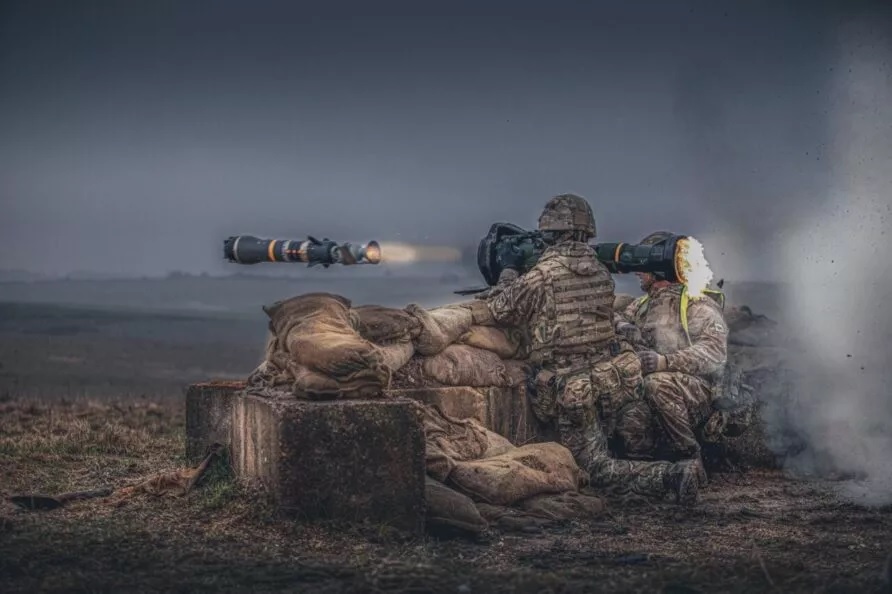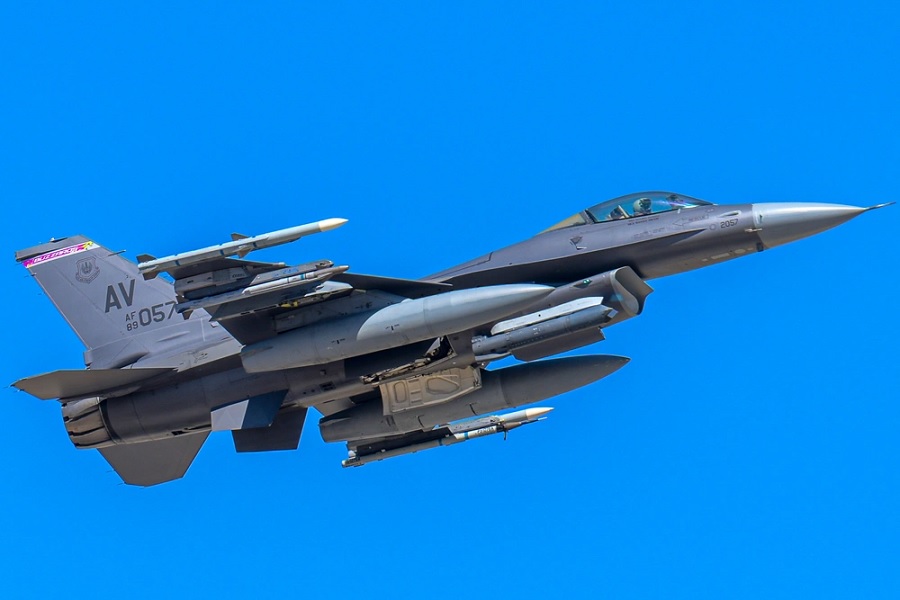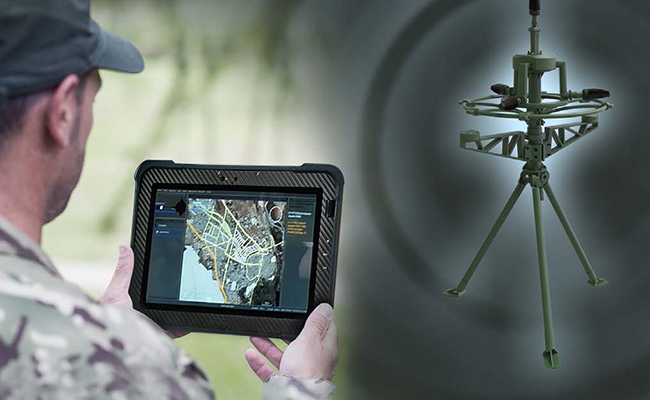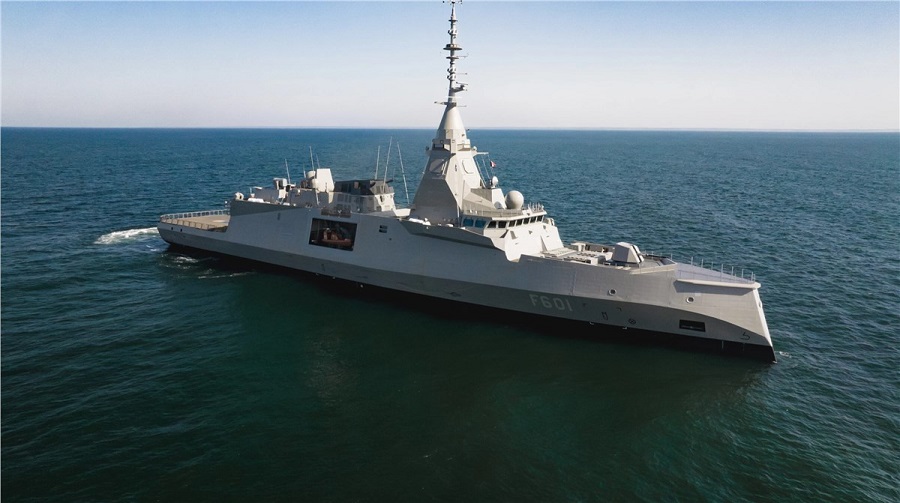The vehicles, from the HX family, are purpose-built military trucks featuring advanced protection systems to ensure the safety of personnel. The procurement was completed in just seven months, thanks to a joint effort by Defence Equipment & Support (DE&S), Army Headquarters, the Field Army, and industry partners.
Brigadier Matt Wilkinson of Defence Equipment & Support highlighted the success of the collaboration: “The joint team across Army Headquarters, Field Army, DE&S and our industry partners have risen to the challenge of rapidly delivering capability to meet Defence requirements. The procurement of an additional 500 palletised load system trucks has significantly increased the Field Army’s tactical logistic lift.”
The first batch of trucks has been received by troops at 7 Regiment Royal Logistic Corps, based in Dalton Barracks, who have begun training on the vehicles. An additional 40 trucks will be used for training purposes by April 2025, with the full fleet expected to be operational across the Field Army by September 2025.
Colonel Andy Elliott, HQ Field Army, noted the importance of the acquisition: “Field Army welcome the fielding of these critical vehicles to begin to close the gap in the logistic lift capacity required to deliver and sustain war fighting at scale. Delivering capability at pace challenges procurement processes and policies and lessons from this project can be applied to streamline future acquisitions, vital as the Army seeks to double lethality by 2027.”
The trucks arrive as the British Army addresses increasing commitments under Operation MOBILISE and its contribution to NATO’s New Force Model. The enhanced logistical support provided by these vehicles will play a critical role in sustaining operational readiness.
Rebecca Richards, Managing Director of RMMV-UK, commented on the partnership: “This collaborative venture, between Rheinmetall and the UK MOD, to deliver military capability at pace has been a supreme effort by both teams. It sets the bar for delivering new capabilities and highlights what is possible when NATO allies operate on a bi-lateral basis in their procurements.”


















![B-2 Spirit bombers and F-22 Raptor fighters conduct flyover of White House [VIDEO]](https://defence-industry.eu/wp-content/uploads/2025/07/B-2-Spirit-bombers-and-F-22-Raptor-fighters-conduct-flyover-of-White-House-VIDEO.jpg)








